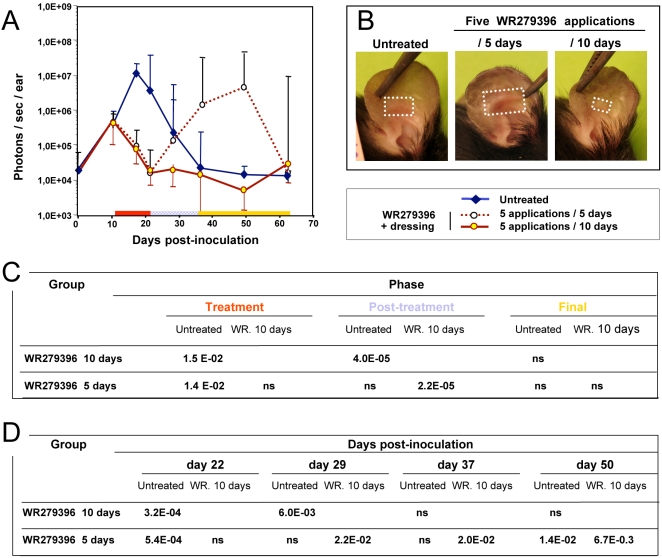Figure 5. Determination of the most suitable regimen for WR279396 application under an occlusive dressing.
Eleven days post-inoculation of 104 luciferase-transfected L. major parasites, three groups of 7 mice were constituted: In the control group, mouse ears were left without any ointment (blue plain line), and in the other group WR279396 was applied on the mouse ear under an occlusive dressing with different application frequencies; either 5 applications/10 days (brown plain line) or 5 applications/5 days (brown dotted line). Bioluminescence evaluation of parasite load was performed over the course of 64 days post-inoculation (A). Note that the rebound of the parasite load in the every day-application group can be associated to a more severe lesion as illustrated by a representative mouse at day 36 post-inoculation (B/5 days). White squares delimit the “lesion” area. (C, D) Parasites loads were analysed with ANOVA whose two factors were the treatment (WR279396 10 days or 5 days) and the period of observation. Pair wise comparisons using t-tests were realized for each combination of factors.

